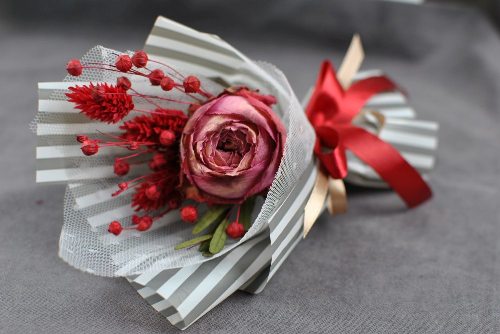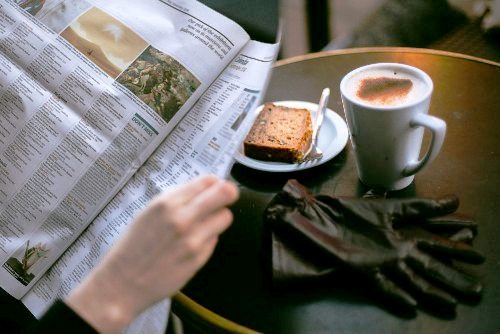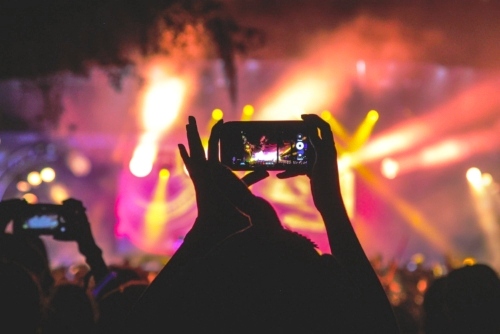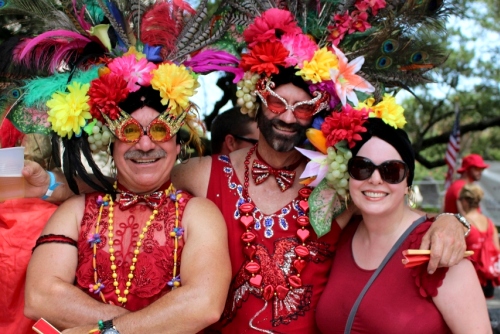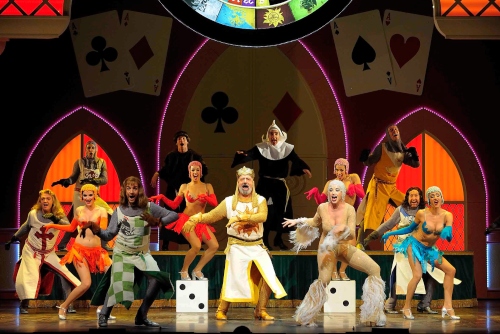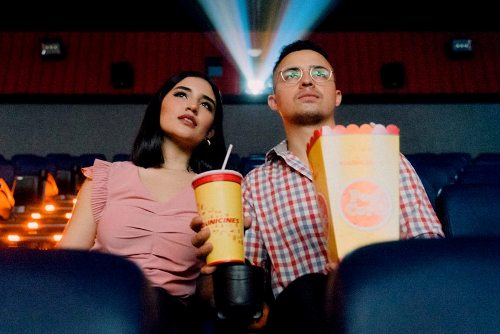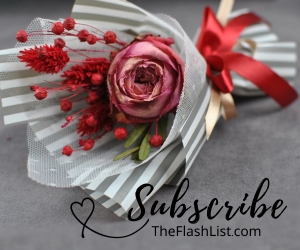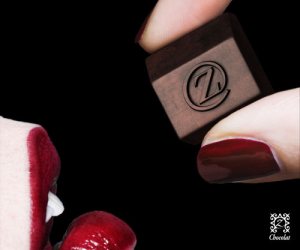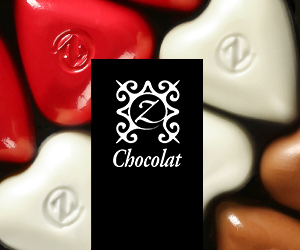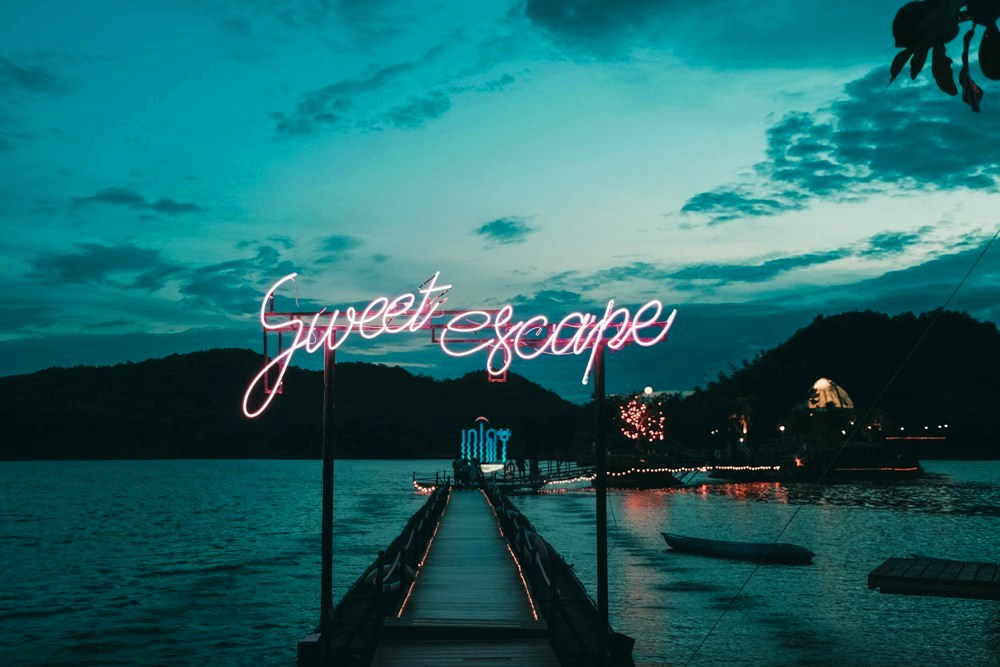
Neon has evolved far beyond its classic signage roots to become a defining feature in contemporary lifestyle and entertainment spaces. Once associated primarily with storefronts or nightlife districts, neon art now commands attention in lounges, studios, and modern homes. The resurgence of neon in lifestyle spaces reflects a desire for playful yet curated aesthetics. Unlike traditional lighting, neon is both functional and artistic, creating layers of depth and intrigue. Interior designers use neon elements to complement décor, highlight architectural features, or punctuate social areas with a pop of energy. It is a versatile medium, capable of conveying everything from subtle elegance to bold statements, depending on color, shape, and placement.
Integrating Neon Into Interiors
Successfully incorporating neon into refined spaces requires thoughtful design. Placement is key: a carefully positioned sign or sculpture can draw the eye, accentuate design themes, or anchor a room's composition. Color choices also influence ambiance; warm tones create a cozy, intimate mood, while cooler hues evoke sophistication and modernity. Beyond traditional wall-mounted displays, neon can be layered on ceilings, furniture, or even glass partitions, transforming environments into interactive visual landscapes that engage both residents and guests.
Personalized Neon Elements
For home enthusiasts, custom neon signage adds a personal touch that reflects individuality and taste. Many turn to neon signs to create bespoke statements that blend with furniture, art, and other decorative features. From names and quotes to abstract shapes and icons, these installations allow homeowners to craft spaces that feel uniquely expressive. Beyond decoration, they offer conversation starters and become cultural markers within contemporary interior design.
Creative Applications for Entertainment Spaces
Neon has become a signature feature in bars, lounges, and performance spaces. It creates visual cues, directs attention, and enhances storytelling in a way traditional lighting cannot. Event designers frequently use neon to mark stages, entrances, or lounge areas, reinforcing the mood of the evening while maintaining a modern edge. Some artists even integrate motion-reactive lighting, allowing neon displays to change with music or crowd interaction, making the experience dynamic and immersive. Curated neon becomes a visual companion to sound, décor, and social energy.
Trends and Cultural Influence
Current neon trends embrace minimalism and customization. Designers are moving away from overly complex signage toward clean, geometric forms that harmonize with surroundings. Influences from art, pop culture, and fashion drive experimentation, making neon both a nostalgic nod and a forward-looking element. Its impact extends beyond visual appeal, creating social and cultural resonance that elevates lifestyle spaces into memorable environments.
Balancing Neon With Other Elements
Integrating neon requires balance to avoid overwhelming a space. Successful designs consider scale, contrast, and context, pairing neon with natural textures, refined furniture, and complementary lighting. When executed thoughtfully, neon enhances the character of a room, creating energy without sacrificing elegance. It allows spaces to feel lively, modern, and curated, offering both aesthetic appeal and functional illumination.
Neon has firmly established itself as a medium for sophistication and creativity in lifestyle and entertainment settings. By transforming ordinary interiors into vibrant experiences, it adds color, energy, and personality to curated spaces. Whether in a stylish lounge, a home studio, or a social gathering, neon art bridges functionality and visual storytelling, making spaces unforgettable while reflecting the individuality and taste of those who design them.
MORE ON THE FLASH LIST




